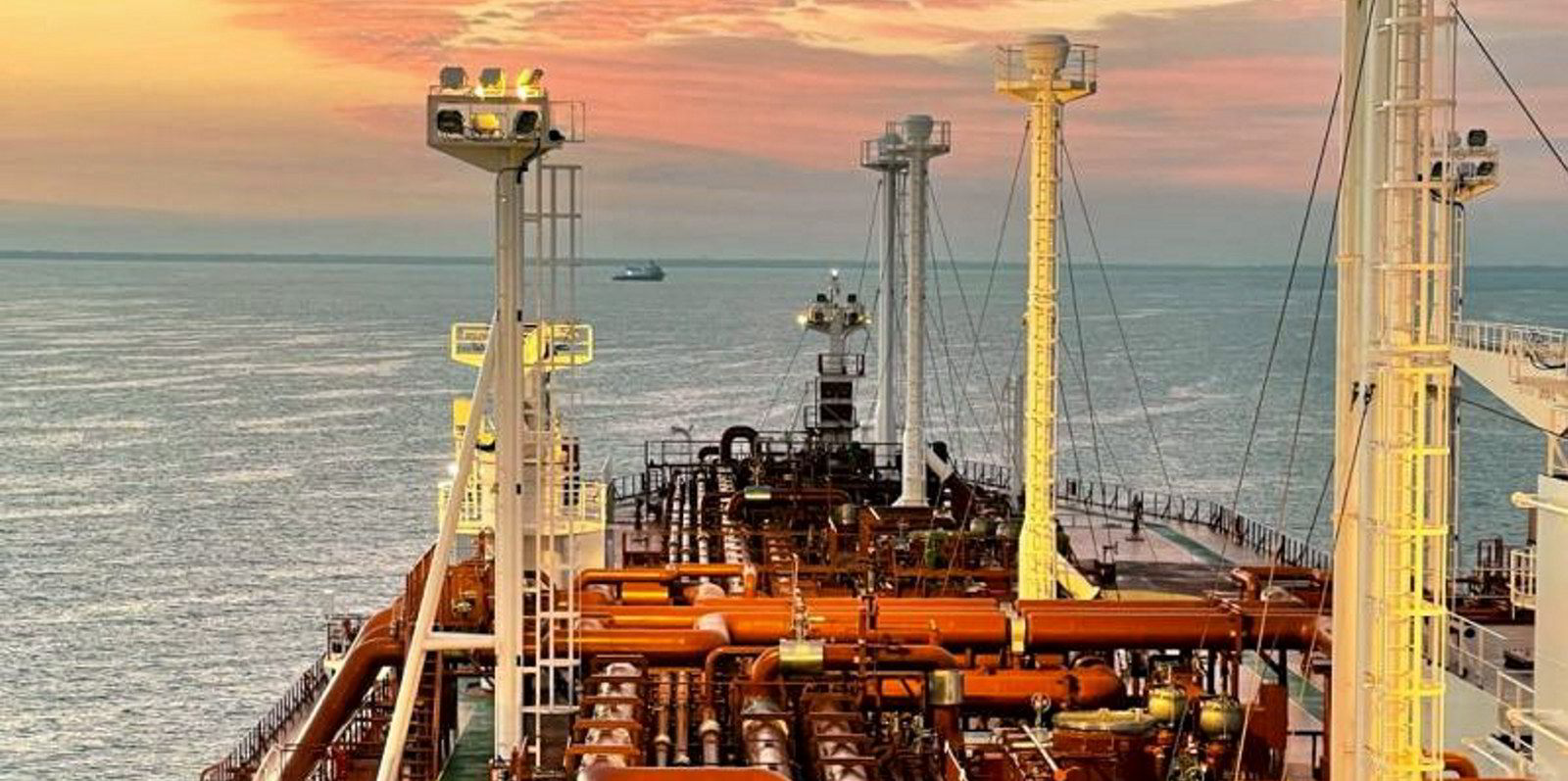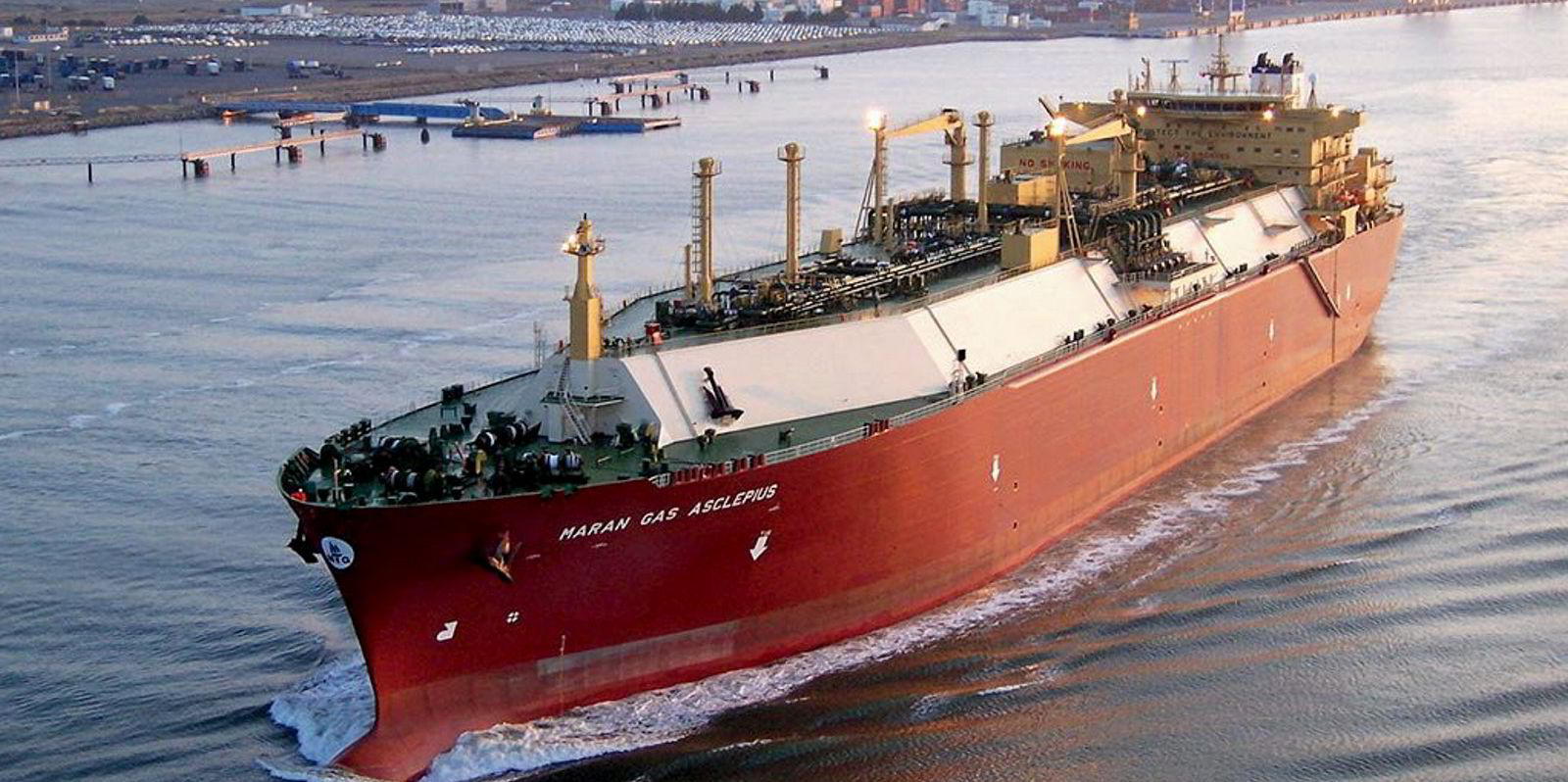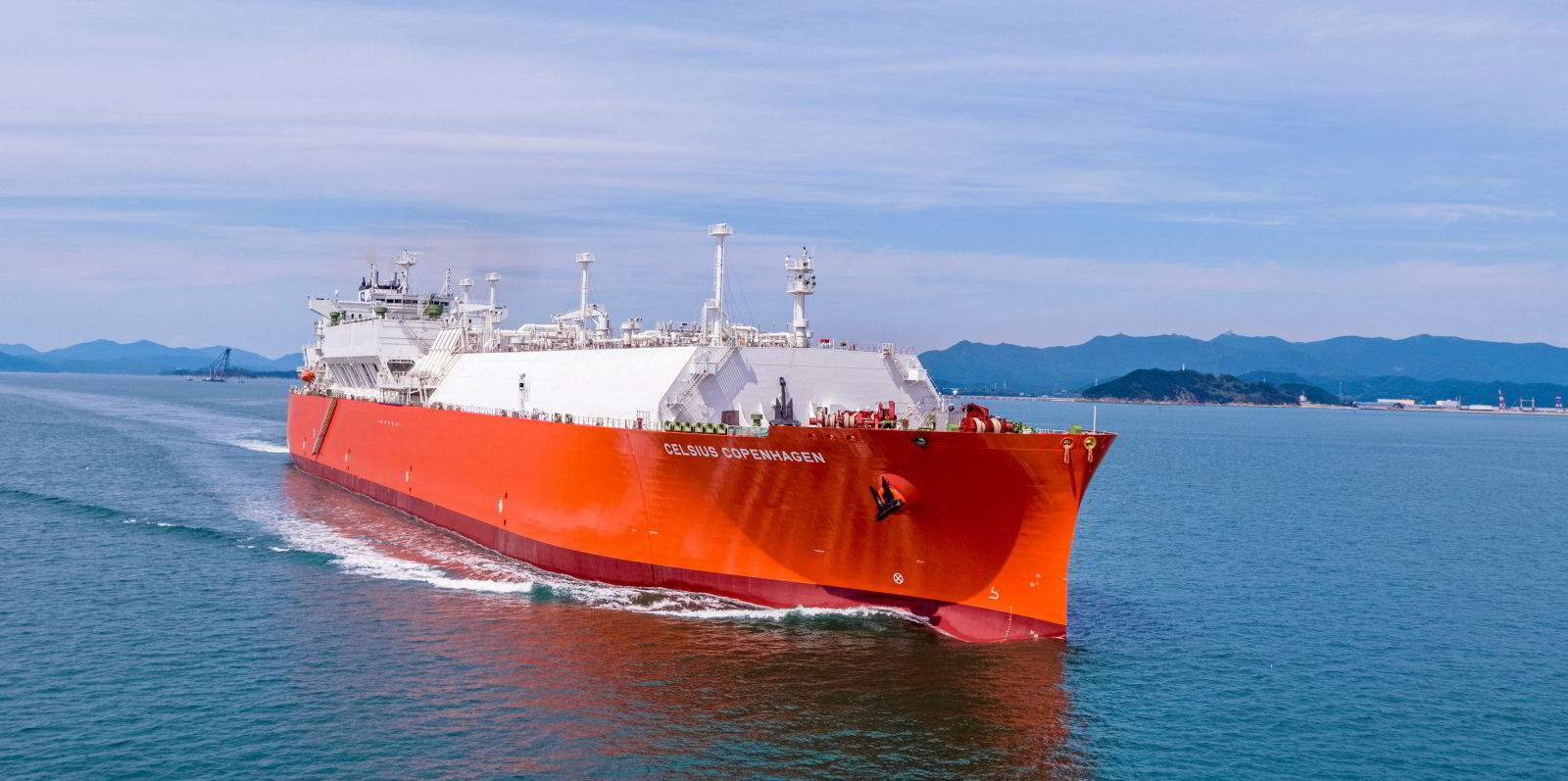Spot charter rates for LNG carriers are expected to rise to more than $100,000 per day this winter and could even double, according to broker and consultant Poten & Partners.
In a webinar, Poten head of shipping analytics Jefferson Clarke said that depending on how the winter plays out and with just 10 vessels available in the market, daily charter rates for the brokerage’s benchmark 160,000-cbm tri-fuel diesel-electric (TFDE) vessels can range from about $125,000 to almost $200,000.
Clarke said Poten is seeing a similar winter spike in 2022 and 2023, which is only slightly muted due to newbuilding deliveries.
“There is nothing to suggest there is going to be a change to these patterns over the next two to three years,” he said, citing the complexity of US exports and Panama Canal restrictions.
US export complexity
Clarke said Poten’s forecast shows steady growth in the LNG exports of between 2% to 3% over the next two to three years.
In contrast, LNG carrier fleet growth is expected to be about 5% per annum.
But he said: “Based on trade dynamics alone and on the complexity of US exports and the growth of US market share, LNG shipping demand increase is far outweighed by LNG exports and more in line with the LNG fleet demand."
He said this is made more complicated by the seasonality of shipping demand.
In the longer term, Clarke said there are issues over LNG carrier newbuilding prices and the new rules being brought in by the International Maritime Organization.
He said the 12-month rolling LNG newbuilding prices are approaching $200m.
Clarke explained that the market has become used to lower levels over the past three years and financing costs being cheap. Any rise is like to have a knock-on effect for owners on financing and lead to demands for higher charter rates.
He said incoming environmental regulations throw up questions as to whether it is appropriate to have a 35-year to 40-year lifetime for LNG carriers, and a shorter lifespan would also push rates higher.
Steamship speed reductions
Speaking about the incoming Energy Efficiency Existing Ship Index (EEXI) and Carbon Intensity Indicator (CII), which are designed to reduce emissions, Clarke said Poten anticipates steam turbine LNG carriers will need to reduce their average speed by 20% by 2026 to maintain a CII rating.
They will potentially need to cut average speed by 40% to achieve compliance by 2030, he added.
Steamships may be required to slow steam at 14.5 knots depending on how boil-off gas is calculated, he said.
Clarke said compliance may not be enough for some charterers. “A 'C' score in the CII may just not cut it,” he said.
There is risk to the [steam turbine] fleet, Clarke said, which will put additional pressure on the LNG fleet to deliver additional volumes over the next decade.
The impacts of the environmental regulations could also put additional pressure on LNG newbuildings as there will be a need to replace the existing steamship fleet, at a time when yard prices are rising and berth space is at a premium due to demand from other sectors, he said.







